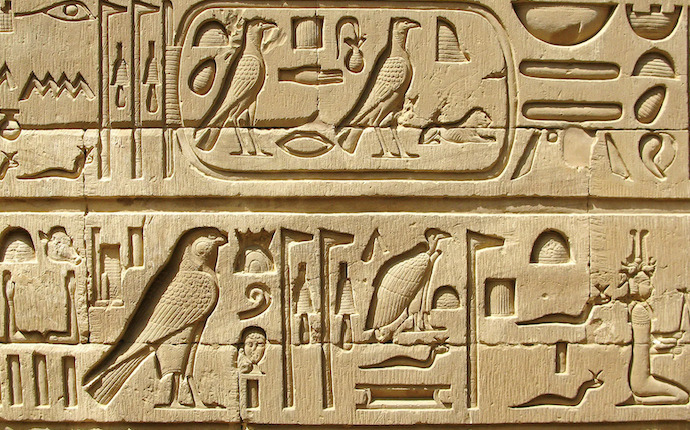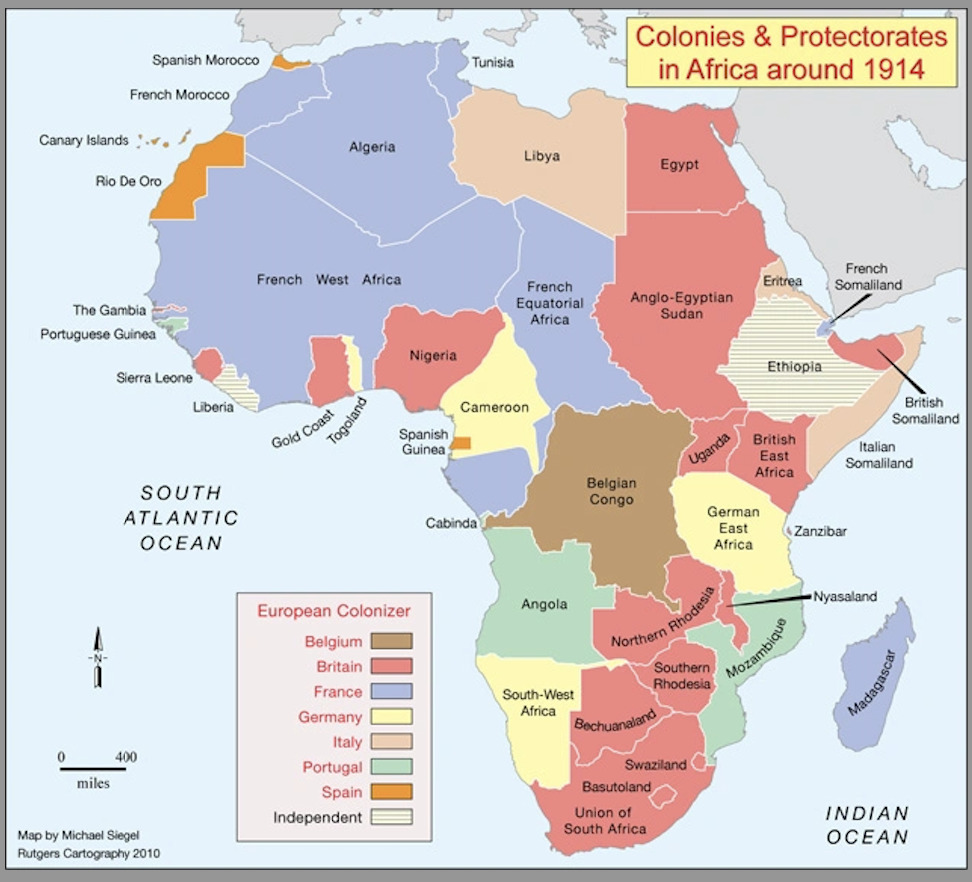Premodern Period of Print Culture and Bookmaking
Early Civilizations, Literacy, and Language
In premodern Africa, the diversity of languages and the absence of standardized orthographies posed significant challenges to the development of a unified print culture and written language. This linguistic fragmentation limited the production and accessibility of books and texts across different communities during this period. The varying dialects and writing systems necessitated localized bookmaking efforts, which impeded the broader dissemination of printed materials (Banda 257).
In these early African civilizations, literacy was often closely tied to religious centers. Scribes played a crucial role in these early cultures, meticulously copying religious texts, administrative records, and literary works by hand (Read African Books 1). This laborious process required extensive training and skill, thus many could not read and write in these civilizations, further impeding the spread of texts (Read African Books 1).
Egyptian Hieroglyphics
Egyptian hieroglyphics are among the earliest forms of writing. It evolved over centuries, beginning around 3100 BCE (Kallendorf 40). This writing system is pictorial and is comprised of over 700 characters, including logograms, symbols representing words, and phonograms, symbols representing sounds (Kallendorf 41). Hieroglyphics were used for monumental inscriptions on temple walls, tombs, and other structures, as well as on papyrus scrolls (Read African Books 2).
The production of hieroglyphic texts was a meticulous and time-consuming process. Scribes trained extensively to master the art of writing these symbols accurately and beautifully. For this reason, they were held in high rank. They used finely crafted reed brushes or pens to write on papyrus scrolls, a task requiring precision and a steady hand. The process involved preparing the papyrus by cutting, soaking, and pressing the plant strips into sheets. The ink, made from soot or other natural pigments mixed with water, was then applied once the papyrus was dried (Read African Books 2).
Other Languages and Writing Systems
Many diverse written traditions and Indigenous scripts existed alongside Egyptian hieroglyphics in premodern Africa. Notable examples include the Ge'ez script in Ethiopia, used for religious texts and historical records; the Tifinagh script among Berber-speaking populations in North Africa; and the Ajami script, which adapted the Arabic alphabet for languages like Swahili, Hausa, and Fulani (Pasch 66).
The Influence of Missionaries and Colonialism
Missionaries were instrumental in the evolution of printing and publishing in Africa. They introduced printing presses to the continent and focused on producing religious texts, official documents, and educational materials. Missionaries also developed written forms of many sub-Saharan languages, publishing Bibles and other moral and scholarly works in indigenous tongues. This facilitated the spread of Christianity and significantly contributed to the rise of basic literacy and numeracy among local populations (Adu-Gyamfi 214).
Indigenous Scripts and the Transition to Early Modern Print Culture
Before the colonial period, Africa was home to various indigenous scripts, such as Ge'ez and Amharic in Ethiopia, Tifinagh among Berber communities, and Ajami for languages like Swahili and Hausa. These scripts were used to record religious texts, historical accounts, and other literature. The introduction of the Roman script by European colonizers marked a significant shift. It enabled the mass production of written materials and fostered a new era of print culture in Africa under a more unified language and written tradition, but it also impacted the preservation of the indigenous scripts (Pasch 65).


